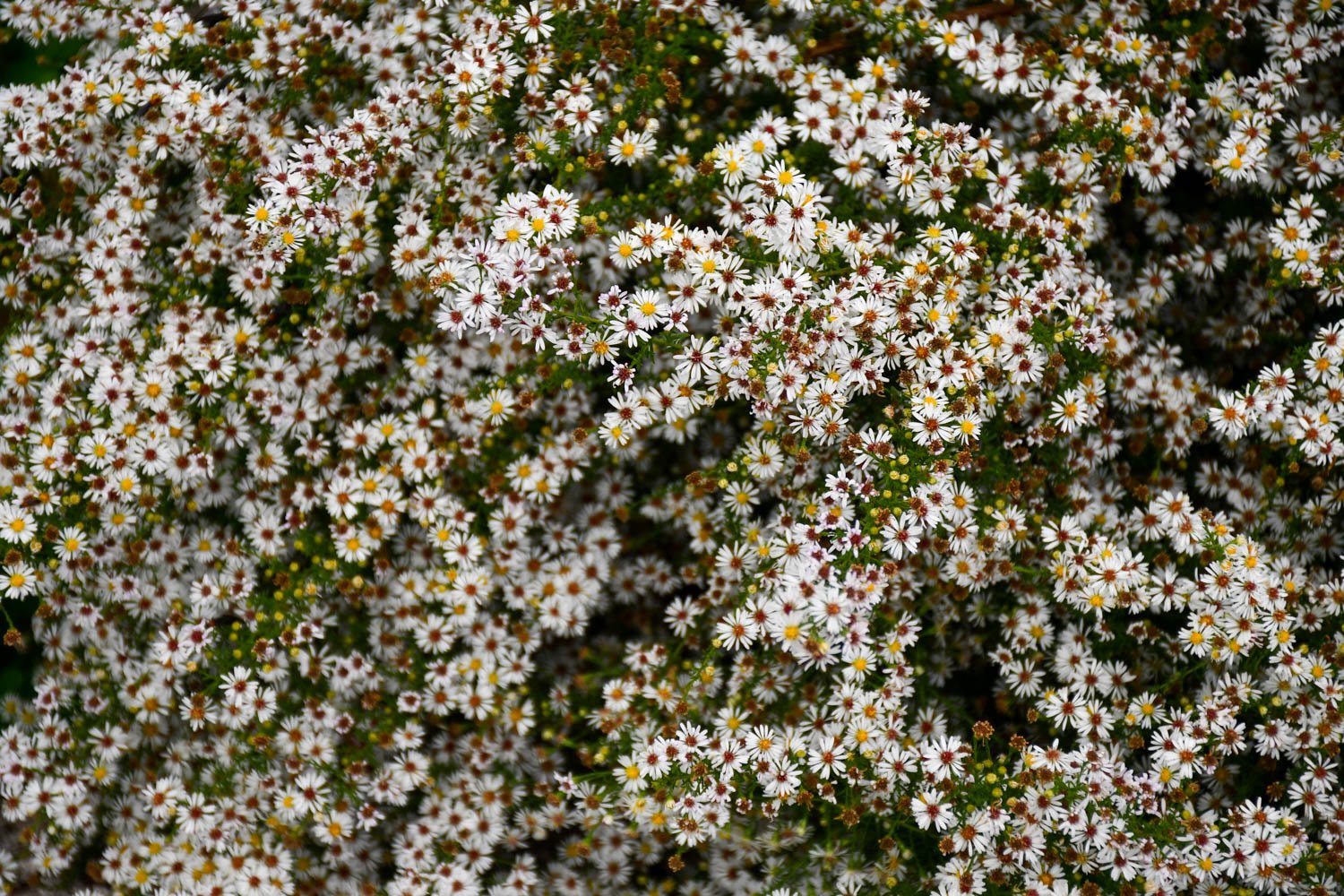We are a a little over a week away from the winter solstice. The year has wrung about as much light out of the day as it can, and we have mere minutes left to lose until we hit the shortest day of 2022.
It’s in this solstice season that I start planning in earnest for next year. With the semester over, the growing season ended, and the new year on the horizon I have time to consider the goals and projects I want to move forward in the coming year.
The plants in my garden are preparing for next year, especially those whose growth culminates in spring. Even though March is months away, amongst the duff there are hints of the next growing season starting to appear. Every day harnessing the sun counts in the march toward warmer weather for making sugars that will become more blades and blooms.
I’ve spied the lobed foliage of Delphinium carolinianum (prairie larkspur) and Viola pedata (birds-foot violet) in the garden. The maroon leaves of Claytonia virginica (spring beauty) no longer hide amongst the tawny, frosted turf. I even found two with open flowers in our backyard this week. The little toothpick leaves of Phlox pilosa (prairie phlox) are emerging. And, the first of my perennial sowings from this year are germinating.
Late last spring, I sowed Marshallia caespitosa (Barbara’s buttons) and Callirhoe alcaeoides (white poppy mallow) from seed collected in my garden. I love both for their white flowers and desired more as they are good fillers for spring color. Callirhoe has this ability to thread itself through the matrix of foliage, and looking down on a Marshallia is like looking up at a galaxy. Both go dormant in my garden soon after they flower and set seed.
I decided instead of letting the progeny sit in storage in the fridge, I would promptly sow them and put them on my small nursery pad where they would receive occasional irrigation over the summer. Often with the first time sowing a batch of seed, I will sprinkle them on potting substrate in a gallon pot, trust mother nature, and watch and learn for next time. Both seem quite happy with this approach thus far.
Marshallia caespitosa
Callirhoe alcaeoides
Marshallia caespitosa seedlings
Callirhoe alcaeoides seedlings
Even though they got water all summer long, their emergence coincided with the return of cooler weather this autumn. Like many native perennial seeds, the delay makes sense to wait and start growth when conditions are more appropriate. The Callirhoe germinated fast while the Marshallia were more staggered.
Towards spring I’ll tease them apart and pot on into trays to allow each plant to have space to grow. And, then once they’ve bulked up a bit, I’ll welcome these plants into the garden.
I suppose in retrospect my planning for 2023 started earlier in the year than just here at the end. Every seed I sowed in anticipation of having more plants for next year is hope and planning for greater things to come. Their appearance is yet another thing to celebrate in this solstice season.
































































































